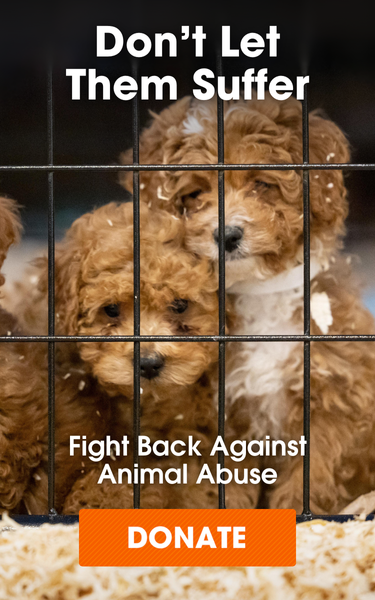Cruel commercial breeders want to maximize profit by producing the highest number of puppies at the lowest possible cost. Here’s how they do it.
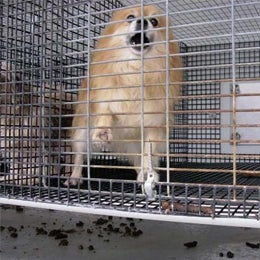 Tiny Cages. More breeding dogs equals more puppies, which equals more money, so cruel breeders maximize space by keeping dogs tightly contained. Dogs are commonly kept in small, stacked, wire-floored crates or in outdoor pens exposed to heat, cold and rain. They eat, sleep and give birth in confinement.
Tiny Cages. More breeding dogs equals more puppies, which equals more money, so cruel breeders maximize space by keeping dogs tightly contained. Dogs are commonly kept in small, stacked, wire-floored crates or in outdoor pens exposed to heat, cold and rain. They eat, sleep and give birth in confinement.
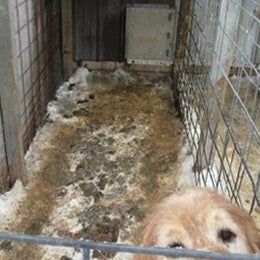 Filthy Conditions. The conditions of these facilities encourage the spread of diseases, especially among puppies with undeveloped immune systems. Puppies often arrive in pet stores with health issues ranging from parasites to parvo to pneumonia.
Filthy Conditions. The conditions of these facilities encourage the spread of diseases, especially among puppies with undeveloped immune systems. Puppies often arrive in pet stores with health issues ranging from parasites to parvo to pneumonia.
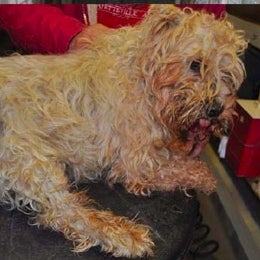 Poor Vet Care. Dogs, like people, need regular health care. However, because it can be costly and time-consuming, veterinary care is limited. Breeding dogs and puppies don’t get to see a veterinarian often—not for regular checkups, vaccines, teeth cleanings or even when they’re sick.
Poor Vet Care. Dogs, like people, need regular health care. However, because it can be costly and time-consuming, veterinary care is limited. Breeding dogs and puppies don’t get to see a veterinarian often—not for regular checkups, vaccines, teeth cleanings or even when they’re sick.
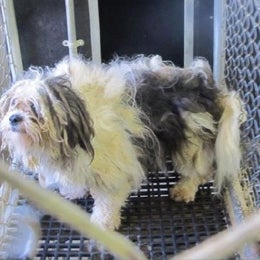 No Grooming. Puppy mill dogs aren’t bathed, their hair is not brushed and their nails are not cut. This can lead to painful matting and nails so long it hurts to stand or walk.
No Grooming. Puppy mill dogs aren’t bathed, their hair is not brushed and their nails are not cut. This can lead to painful matting and nails so long it hurts to stand or walk.
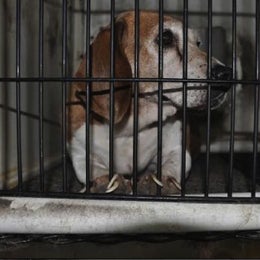 No Walks, Playing or Petting. Since puppy mills only plan on selling puppies, there is little incentive to provide much physical or emotional care to the adult breeding dogs. Lack of normal human interaction hurts social animals like dogs. They may pace back and forth in their cages, bark nonstop, cower or appear entirely shut down.
No Walks, Playing or Petting. Since puppy mills only plan on selling puppies, there is little incentive to provide much physical or emotional care to the adult breeding dogs. Lack of normal human interaction hurts social animals like dogs. They may pace back and forth in their cages, bark nonstop, cower or appear entirely shut down.
 Nonstop Breeding. Female dogs are bred at every opportunity, even if they are sick, injured, exhausted or have genetic traits that could be damaging to their puppies.
Nonstop Breeding. Female dogs are bred at every opportunity, even if they are sick, injured, exhausted or have genetic traits that could be damaging to their puppies.
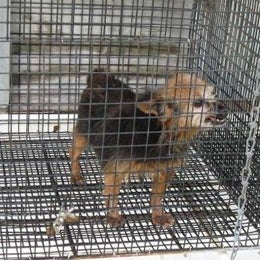 Sudden Separation. Puppies aren’t given time to gradually separate from their mother and littermates. Once there’s a buyer, puppies are immediately removed. This kind of sudden separation can lead to fear, anxiety and other lasting behavioral problems that may be difficult or impossible to treat.
Sudden Separation. Puppies aren’t given time to gradually separate from their mother and littermates. Once there’s a buyer, puppies are immediately removed. This kind of sudden separation can lead to fear, anxiety and other lasting behavioral problems that may be difficult or impossible to treat.
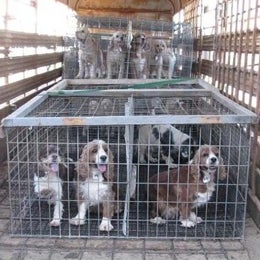 Stressful Transport. Puppies are often shipped long distances by truck or plane to brokers and pet stores. The transport may be noisy, crowded, filthy, and too hot or cold. Puppies may also be exposed to illness and disease.
Stressful Transport. Puppies are often shipped long distances by truck or plane to brokers and pet stores. The transport may be noisy, crowded, filthy, and too hot or cold. Puppies may also be exposed to illness and disease.
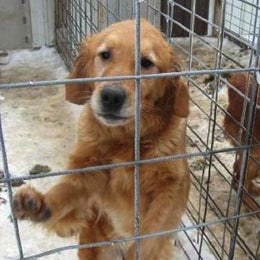 No Retirement Program. To a commercial breeder, the profits are in the puppies. No effort is made to find homes for adult dogs who can no longer breed. When their bodies are so depleted or sick that they can no longer produce puppies, they’re often abandoned or killed.
No Retirement Program. To a commercial breeder, the profits are in the puppies. No effort is made to find homes for adult dogs who can no longer breed. When their bodies are so depleted or sick that they can no longer produce puppies, they’re often abandoned or killed.
Sources available upon request; contact [email protected] with specific questions about this content.

